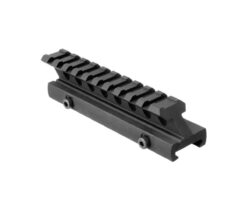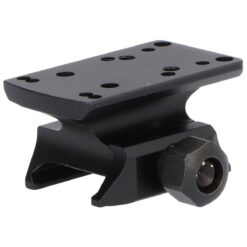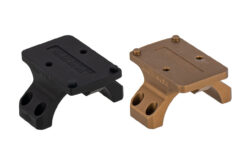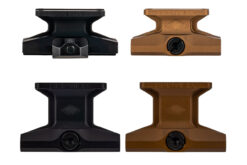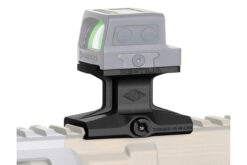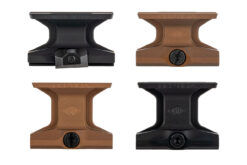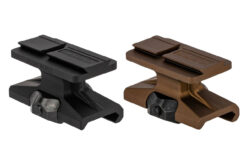Save 29%
MSRP: $20.99
$14.95
Save 30%
MSRP: $99.99
$69.99
Save 10%
MSRP: $114.95
$103.95
Save 9 – 10%
MSRP: $94.95 – $109.95
Price range: $85.95 through $98.95
Save 10%
MSRP: $109.95
$98.96
Save 9 – 10%
MSRP: $94.95 – $109.95
Price range: $85.95 through $98.95
Save 9%
MSRP: $94.95
$85.95

